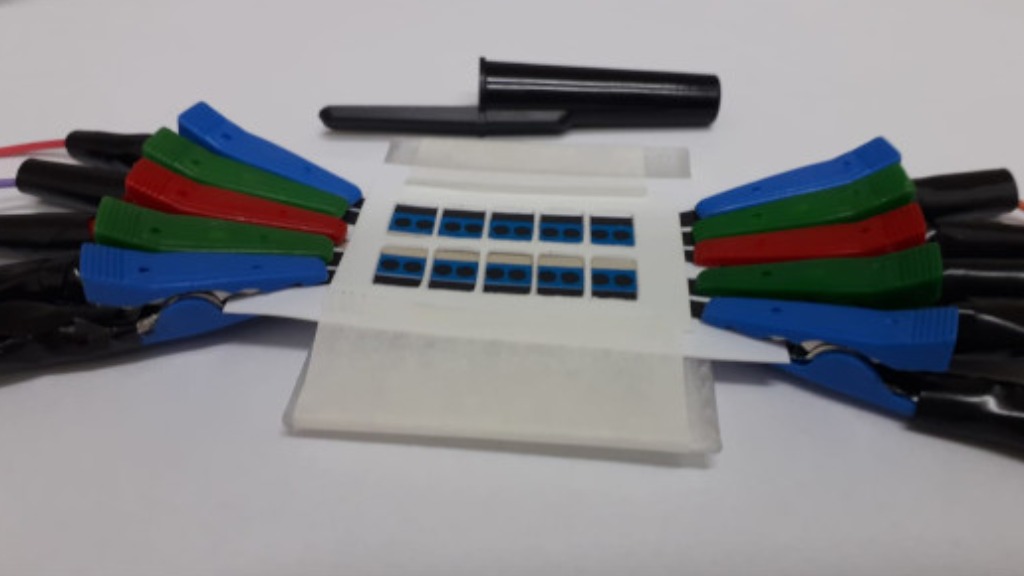Researchers at the UFSCar Institute of Chemistry were able to collect properties such as speed, portability, low cost and the ability to analyze several samples at the same time, all with PCR accuracy in a test for Covid-19. The method uses light and chemistry to assess and quantify whether there is virus in the sample.
The proposal for a new test by the Laboratory for Bioanalysis and Electrochemistry (Labie) still results in not only positive or negative, but also the viral load present in each infected person.
This is the third diagnostic test for Covid-19 that Labie has developed, in this case to analyze saliva samples. The device’s differential—in addition to combining in one test features found only separately in other technologies—is the use of electroluminescence, a technique in which the application of an electrical voltage causes a chemical reaction that emits light, which is then measured by a sensor.
What the new test detects is viral RNA using a DNA probe. This probe is coupled with a marker that, in the presence of the genetic material of the virus, the chemical reaction generated emits red light, the intensity of which varies depending on the viral load present in the sample. Ie neither viruses nor light. The disposable device for RNA detection and quantification, as well as for signal interpretation and results display, can even be connected to a smartphone, and sampling and testing can be completed without the need for specialized work.
This technique was developed by adapting, with the advent of the epidemic, to doctoral research by Tice Helena Oliveira Light, under the supervision of Ronaldo Sensi Faria, Lapp coordinator. The original work focused on sepsis diagnosis, which demonstrates other possibilities of the developed platform, based on modifications: identifying the pathogen responsible for a patient’s specific clinical condition (eg, which bacteria led to sepsis and, what is the best treatment) or, in the case of Cancer, for example, gender determination, among other possibilities.
The patent application for the new technology has been registered with INPI (National Institute of Industrial Property). The test’s arrival to market now depends on the company’s interest in patent licensing and large-scale production of the device.
The research that led to the development of the test was counted, at various times, with public funding from the Coordination of Higher Education Staff Improvement (Capes), the Research Support Foundation of the State of São Paulo (Fapesp) and the National Center. Scientific and Technological Development Council (CNPq).

“Wannabe internet buff. Future teen idol. Hardcore zombie guru. Gamer. Avid creator. Entrepreneur. Bacon ninja.”


